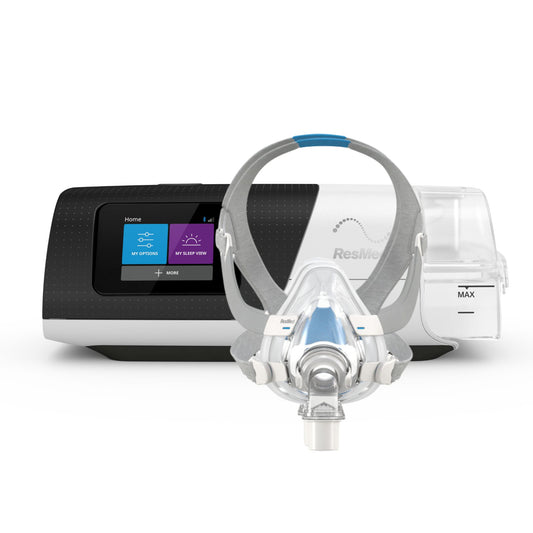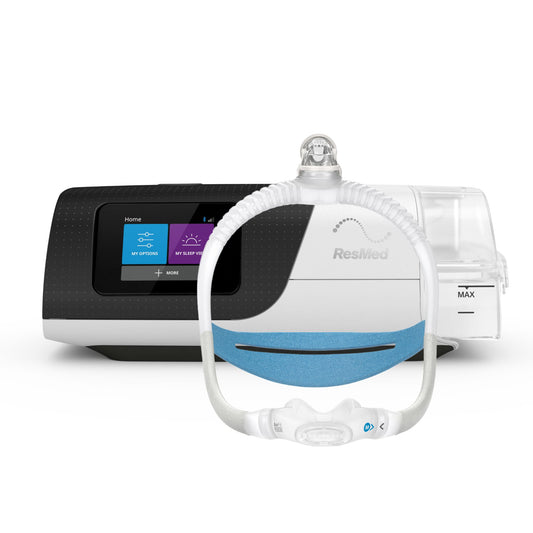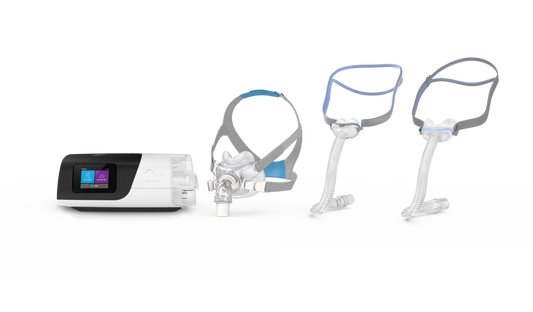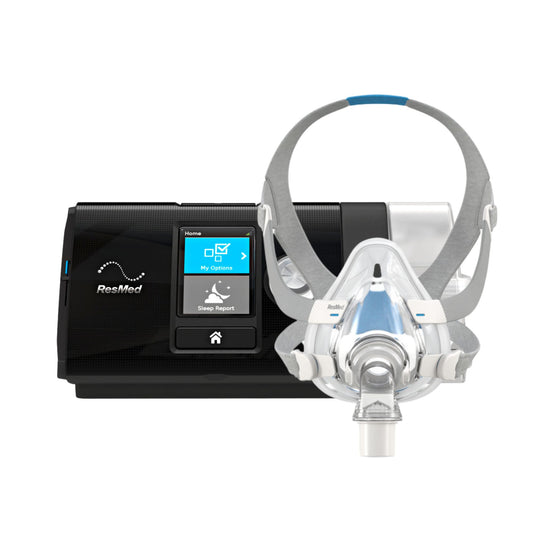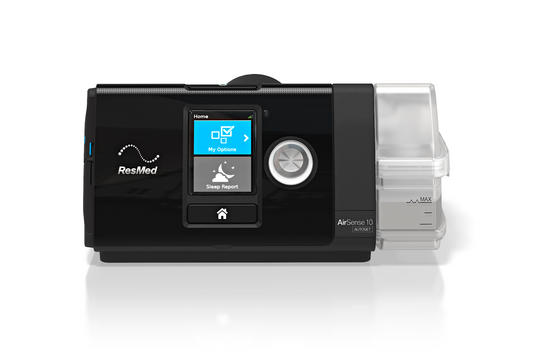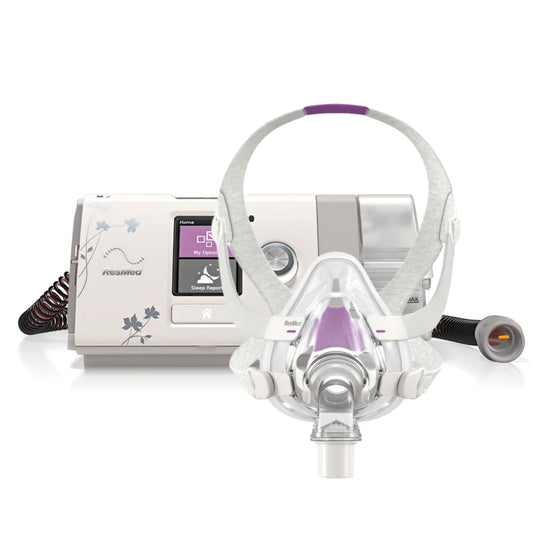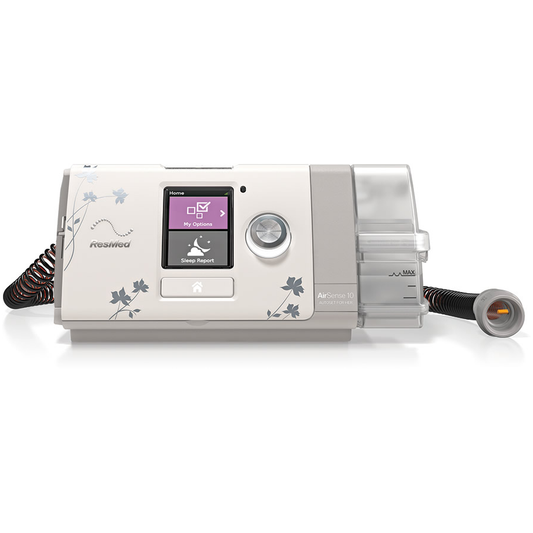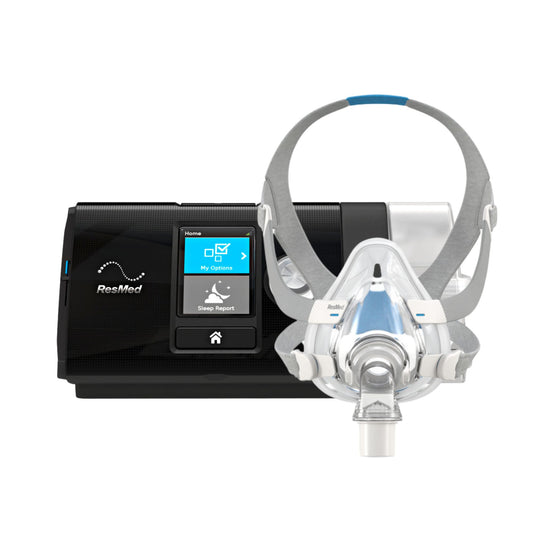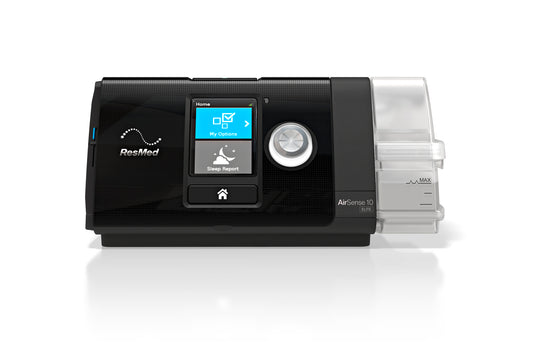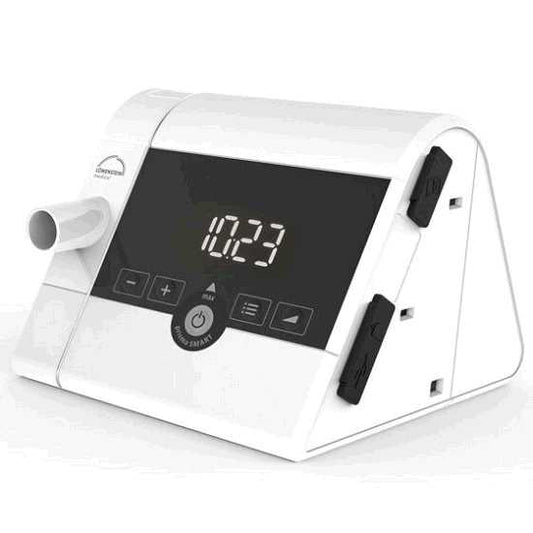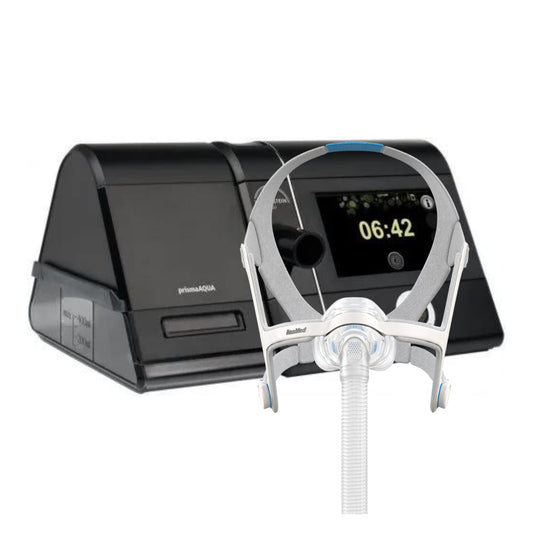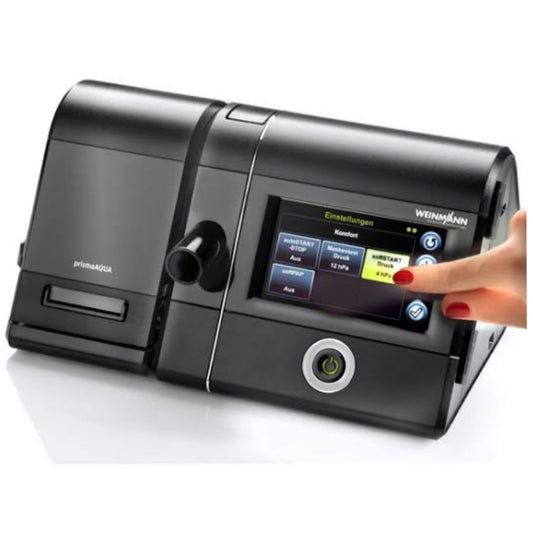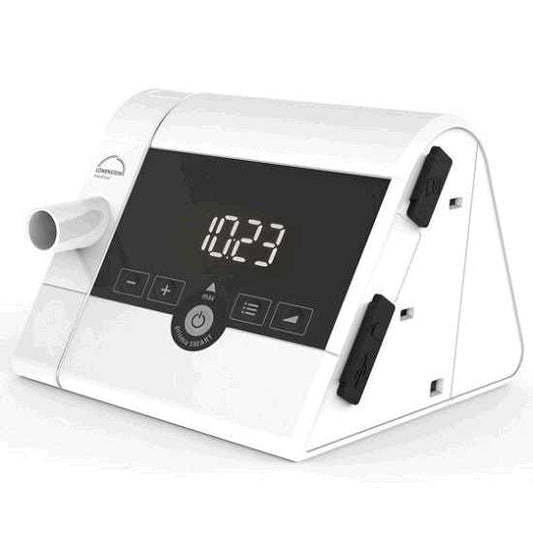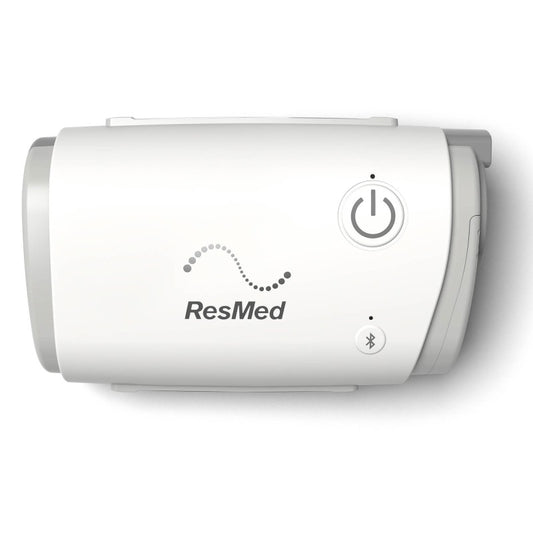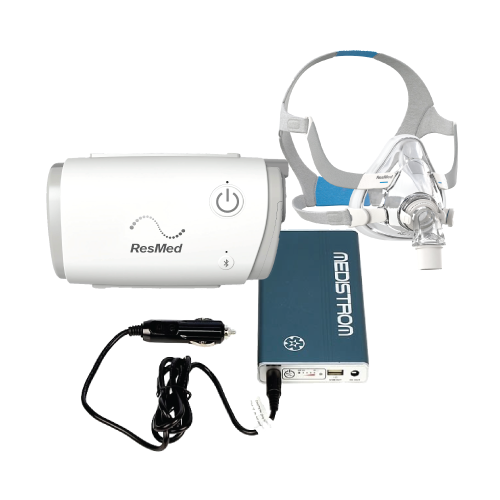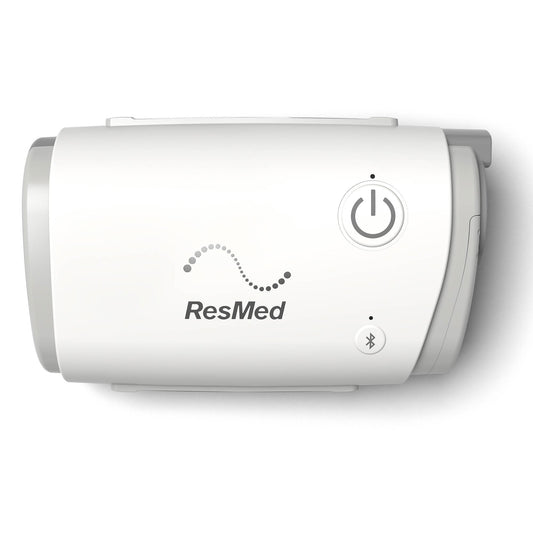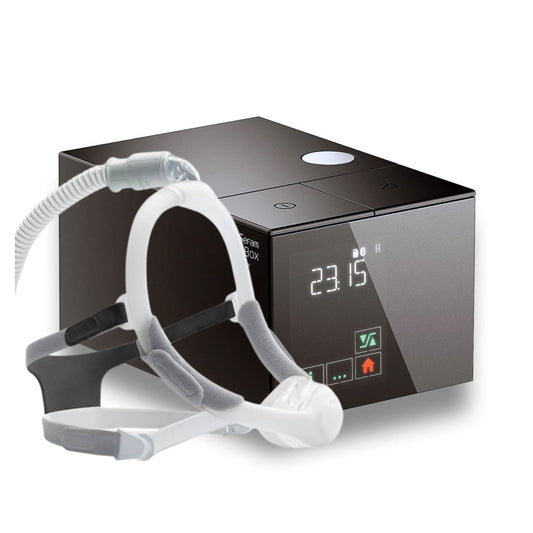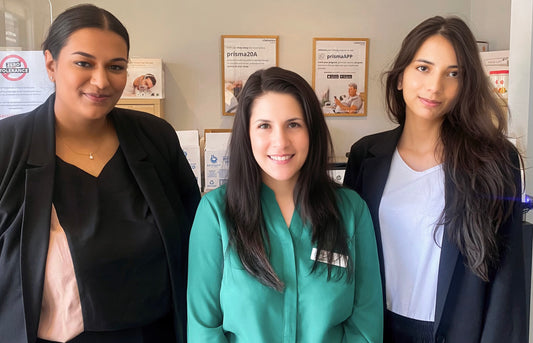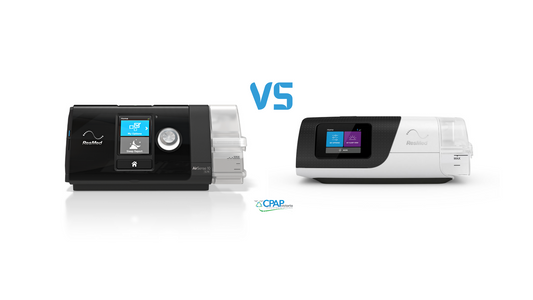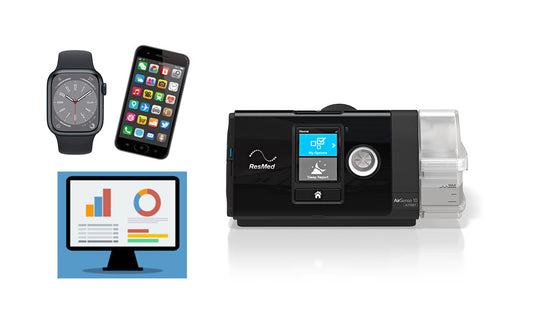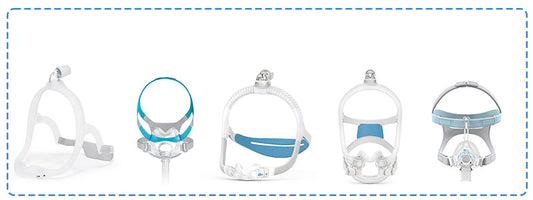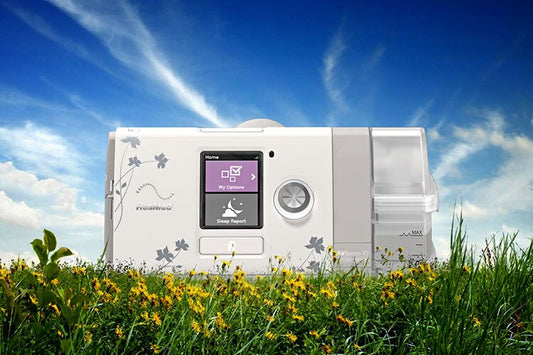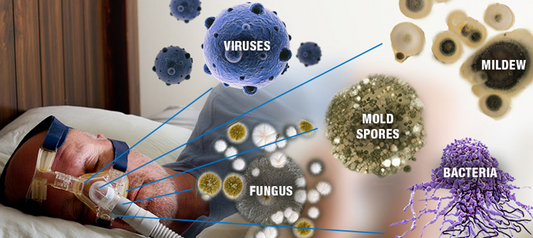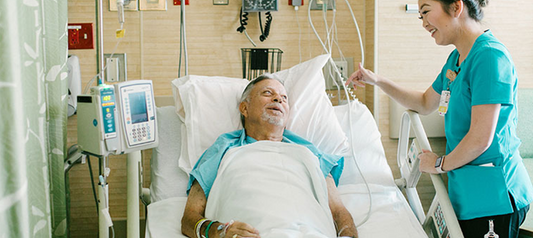One of the reasons that affects sleep quality even when under CPAP therapy, is a leaking mask. A CPAP machine is a tool to keep an OSA patient’s airway open through a recommended air pressure. Even the smallest of leaks in a mask can make the air pressure insufficient in keeping the airway open, thus rendering the CPAP therapy ineffectual. The brain then compensates for the mask leak and one of these is the tendency of the patient to rouse from deep sleep several times during the night.
Negative Effects of Mask Leaks
There are two primary types of CPAP mask leaks: mask seal leak and mouth leak. A CPAP mask seal leak is the most common type of leak. In this instance the air coming from the machine leaks between the patient’s face and his mask.
A CPAP mouth leak is evident when the patient sleeps with an open mouth. In this case, the therapeutic air pressure does not enter the lungs and is just wasted.
Both types of leaks will negatively affect CPAP therapy.
First, any significant mask leak could exceed the patient’s capability to maintain the prescribed CPAP pressure. It could damage the sensors ability to detect current episodes, thus preventing the CPAP machine’s algorithms to respond accordingly to present conditions. Leaks, no matter how small, can disturb the user as leaking air can get in his eyes and produce loud sounds that can wake him up. Any leaks coming from the mouth may increase the airflow through the upper airway and possible dry out the user’s mouth and nose that could lead to other conditions.
Preventing CPAP Leaks
A full face mask occupies a large surface of the face so it does have more area to consider for a tight fit. However, it is easy enough to adjust a full face mask to prevent possible leaks. Below is a video that shows how quick and easy it is to fit a full face mask to prevent air leaks.
It is best to get a CPAP mask that best fit the user to prevent leaks. CPAP mask can be a full face mask, a nasal mask, or a nasal pillow mask. The choice of mask depends on the user so fitting the mask before buying it is a must.
While lying down, the mask should fit comfortably on the user. If there are minor leaks around the mask’s outer cushion, running one’s fingertip quite forcibly along the seam between the user’s face and the outer cushion should eliminate small leaks.
If the CPAP leaks around the eye area, lifting the mask a fraction off the user’s face and refilling it with air is the first step in this process. Once the mask is filled with air, sliding the mask upward near the bridge of the nose should seal minor leaks.
CPAP mask leaks near and around the nose can be fixed and sealed simply by twitching the nose, puckering one’s mouth, or wiggling one’s jaws back and forth. These quick and defined movements can seal minor leaks.
Now, if the leaks are more noticeable even after doing minor fixes, have the CPAP machine, mask and hose looked over by a qualified professional.
Call us now at 1300 750 006.
